4-Propylphenol

4-Propylphenol structure
|
Common Name | 4-Propylphenol | ||
|---|---|---|---|---|
| CAS Number | 645-56-7 | Molecular Weight | 136.191 | |
| Density | 1.0±0.1 g/cm3 | Boiling Point | 232.6±0.0 °C at 760 mmHg | |
| Molecular Formula | C9H12O | Melting Point | 22°C | |
| MSDS | Chinese USA | Flash Point | 106.1±0.0 °C | |
| Symbol |

GHS07 |
Signal Word | Warning | |
| Name | 4-Propylphenol |
|---|---|
| Synonym | More Synonyms |
| Density | 1.0±0.1 g/cm3 |
|---|---|
| Boiling Point | 232.6±0.0 °C at 760 mmHg |
| Melting Point | 22°C |
| Molecular Formula | C9H12O |
| Molecular Weight | 136.191 |
| Flash Point | 106.1±0.0 °C |
| Exact Mass | 136.088821 |
| PSA | 20.23000 |
| LogP | 3.01 |
| Vapour Pressure | 0.0±0.4 mmHg at 25°C |
| Index of Refraction | 1.529 |
CHEMICAL IDENTIFICATION
HEALTH HAZARD DATAACUTE TOXICITY DATA
|
| Symbol |

GHS07 |
|---|---|
| Signal Word | Warning |
| Hazard Statements | H302-H312-H315-H319-H332-H335 |
| Precautionary Statements | P261-P280-P305 + P351 + P338 |
| Personal Protective Equipment | Eyeshields;Faceshields;full-face respirator (US);Gloves;multi-purpose combination respirator cartridge (US);type ABEK (EN14387) respirator filter |
| Hazard Codes | Xn:Harmful; |
| Risk Phrases | R20/21/22;R36/37/38 |
| Safety Phrases | S26-S28-S36/37/39-S45 |
| RIDADR | UN 3145 8/PG 3 |
| WGK Germany | 3 |
| RTECS | SM8610000 |
| Packaging Group | III |
| Hazard Class | 8 |
| HS Code | 29071900 |
| Precursor 9 | |
|---|---|
| DownStream 8 | |
| HS Code | 2907199090 |
|---|---|
| Summary | 2907199090 other monophenols VAT:17.0% Tax rebate rate:9.0% Supervision conditions:none MFN tariff:5.5% General tariff:30.0% |
|
Convenient QSAR model for predicting the complexation of structurally diverse compounds with β-cyclodextrins
Bioorg. Med. Chem. 17 , 896-904, (2009) This paper reports a QSAR study for predicting the complexation of a large and heterogeneous variety of substances (233 organic compounds) with beta-cyclodextrins (beta-CDs). Several different theoret... |
|
|
A convenient screening method to differentiate phenolic skin whitening tyrosinase inhibitors from leukoderma-inducing phenols.
J. Dermatol. Sci. 80 , 18-24, (2015) Tyrosinase is able to oxidize a great number of phenols and catechols to form ortho-quinones. Ortho-quinones are highly reactive compounds that exert cytotoxicity through binding with thiol enzymes an... |
|
|
Cellular apoptosis and cytotoxicity of phenolic compounds: a quantitative structure-activity relationship study.
J. Med. Chem. 48 , 7234-42, (2005) In this comprehensive study on the caspase-mediated apoptosis-inducing effect of 51 substituted phenols in a murine leukemia cell line (L1210), we determined the concentrations needed to induce caspas... |
| Hydroxypropylbenzene, p- |
| UNII-H27VG833JY |
| Dihydrochavicol |
| p-n-Pr-C6H4-OH |
| p-propyl-pheno |
| EINECS 211-446-2 |
| Phenol, 4-propyl- |
| Phenol,p-propyl |
| MFCD00002395 |
| 3PO |
| 4-propyl-pheno |
| 4-Propylbenzolol |
| Phenol,4-propyl |
| 1-Hydroxy-4-n-propylbenzene |
| p-n-propylphenol |
| Phenol, p-propyl-, |
| FEMA 3649 |
| p-Propylphenol |
| 4-n-propylphenol |
| 3-(4-Hydroxyphenyl)-1-propane |
| 4-Propylphenol |
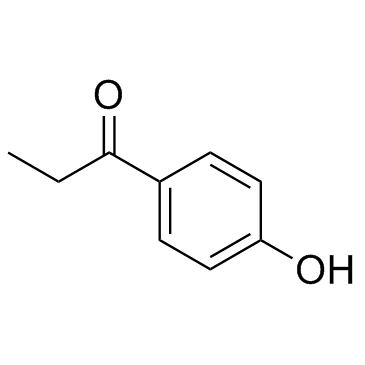 CAS#:70-70-2
CAS#:70-70-2 CAS#:102260-54-8
CAS#:102260-54-8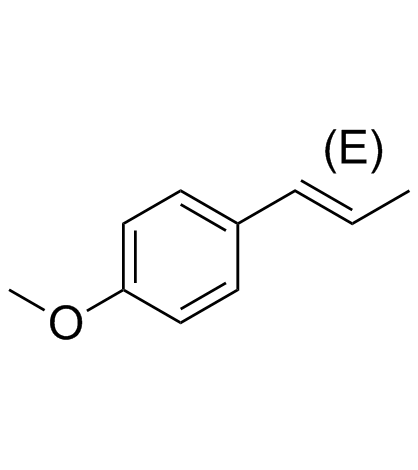 CAS#:4180-23-8
CAS#:4180-23-8 CAS#:123-38-6
CAS#:123-38-6 CAS#:108-95-2
CAS#:108-95-2 CAS#:4397-53-9
CAS#:4397-53-9 CAS#:104-45-0
CAS#:104-45-0![4-[1-(4-hydroxyphenyl)propyl]phenol Structure](https://image.chemsrc.com/caspic/489/1576-13-2.png) CAS#:1576-13-2
CAS#:1576-13-2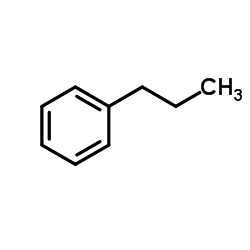 CAS#:103-65-1
CAS#:103-65-1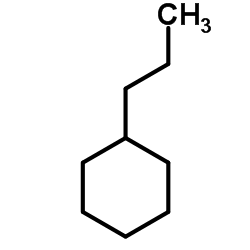 CAS#:1678-92-8
CAS#:1678-92-8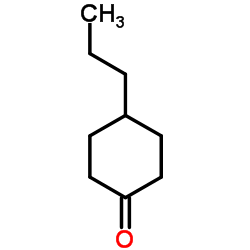 CAS#:40649-36-3
CAS#:40649-36-3 CAS#:77866-58-1
CAS#:77866-58-1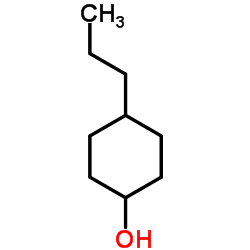 CAS#:52204-65-6
CAS#:52204-65-6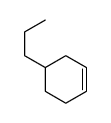 CAS#:13487-64-4
CAS#:13487-64-4 CAS#:20601-85-8
CAS#:20601-85-8
